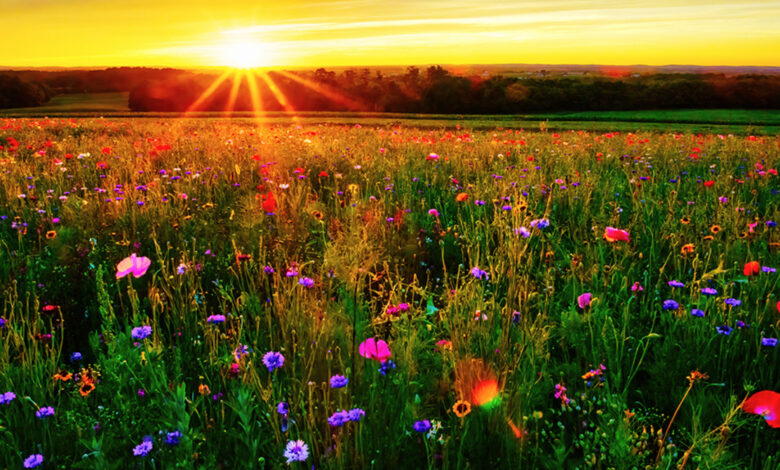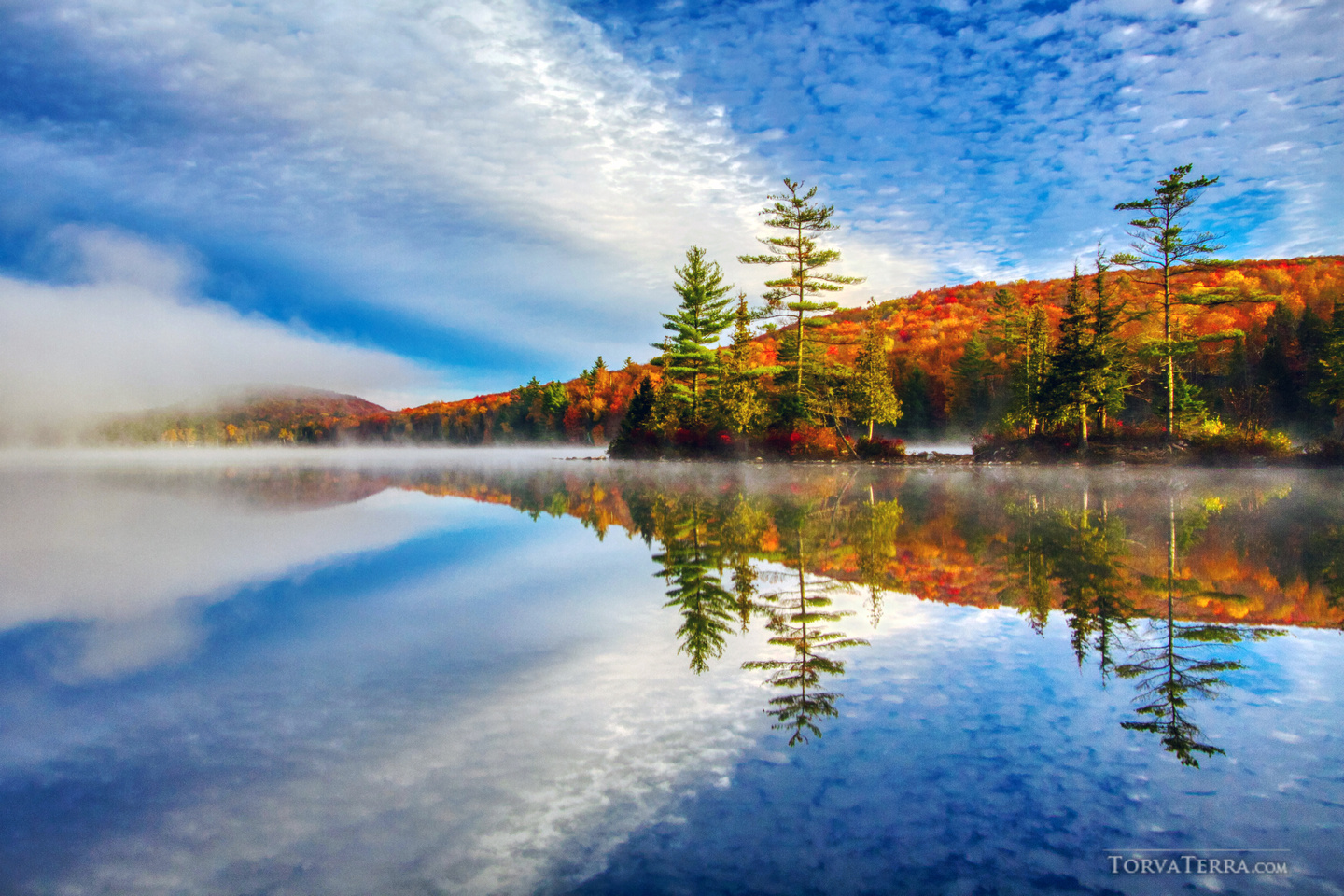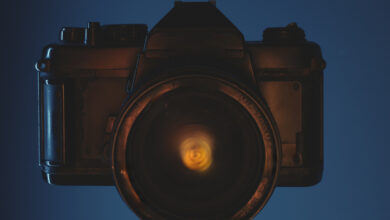Your journey to find your style as a photographer

Struggling to find your photographer style? When teaching photography, I am often asked how you even know what your style should be. This is both the easiest and the hardest question. Let me explain why.
There is usually a phase, coming at different times for each photographer, where you know how to use your equipment but still question exactly what your photos look like. You start to go beyond just accepting a sharp and properly exposed photo as being “good”. You want more.


Style is subjective, polarizing and changing. But above all, as a photographer, you are an artist, even if you don’t accept that moniker. From day one, you already have an idea of what you like, even if you don’t realize it. As you scroll through social media or wander through an art gallery, you’ll see photos and either like or dislike them. You will immediately see how basic this is. Defining your style when you’re just starting out is often associated with imposter syndrome, wanting to photograph everything and still learning how to harness the light that shapes everything we do.
Think of style in other disciplines to help you apply it to photography. Think about architecture, interior design, cars, fashion, and how you like those styles in your own life. Your style starts with what you like.
As a photographer, style can be described as a pattern that repeats throughout your artwork like a fingerprint. It can take a long time to fine-tune, and as you grow as a photographer, your style will also evolve and change over time. The beginning of discovering your style is identifying what you already like and then incorporating those ideas into your work. Over time, this will become the way you see it.

In any way you use your colleague’s media, whether it’s Instagram, Facebook groups, Flickr, etc., feel free to browse. As you go through, you’ll be drawn to some images and flip through others that don’t catch your eye. Create a collection of your favorites.
Camera is a tool and people use it differently and see the world in a different way. Slow down and start analyzing the photos that made you hit the like button. Pay special attention to photos that make you think, “I wish I had made that photo.” Why do you like those photos, really why? Is it a certain theme, color or tone, layout, editing? If you really like a piece, click and see the rest of that photographer’s work. Do you also like most of their photos? Which defining feature would you say unites their artwork?
They say imitation is the truest form of flattery. Sometimes, however, it’s just lipstick on piracy. However, I challenge you to analyze the work of other photographers you admire and aspire to be. Discover what you like about their work and then do the same for some others. Draw out their stylistic concepts and mix it all together to form clay that you will create your own aesthetic.


As a nature photographer, I have enjoyed shooting outdoors. Knowing what genre drives your muse helps narrow down what you should shoot. For me, as with most photographers, since it’s the key to what we do, light plays an important role.
I love the morning light. There’s nothing quite like autumn in the mountains, when things are quiet and the cold makes fog cover the lakes and meadows. Most humans are asleep, and wild animals are bold. The trees are a flame of color. I like the big, crunchy color. Mountains shield valleys and lakes so the sun has to work harder to climb them. As the sun slowly rises, the light finally spills over the edge of the mountain like a full cup. It literally spills over onto the landscape. When I see that kind of light, whether I’m scrolling Instagram and noticing it in other people’s work, seeing it in the paintings of the masters, or I’m out in the yard basking in bright lights. brilliant, I know that’s what I love. The best of it is called alpenglow. When that rose gold optical phenomenon hit a mountain top, I had to hold my breath. I would be willing to wake up early and drive for hours just to see that light.

What would you hustle for in your own life? Rare subject, light or phenomenon you want to do? Start there, start with what makes your heart sing. Then when you are in that moment, remember the camera as a tool. Remember the concepts that you like best in other people’s work. Build each of your photos using that background.


With nature photography, you can imagine me in the field with a landscape or wildlife plan in mind. If possible, I choose a day with just enough clouds in the sky to get interest there. The bright, angular morning light gave me a warm glow. I just need to capture it. I will also accept sunset if it is a bright, not overcast day. Whether it’s landscape or wildlife, I always pay attention to the position of the sun in relation to my subject to really show that light. I love seeing the sun’s rays, and I don’t mind when the lens is naturally flared. Then I started finding my subject and analyzing the surrounding area. I prefer layered compositions, so when the position allows, I look for foreground objects to help add interest. For me, a very low viewing angle is preferred, so I usually sit or lie flat on the ground. As for my style, I create a lot of vertical layouts with this interface and method. I wanted an extremely close and distinct foreground, the subject in the center, and a background that was supportive but not too busy. I also use this formula for horizontal and wide panoramas.

Then on my computer the work in the digital darkroom began. I drag my curves for contrast, dodge, and burn, as well as do color correction to try to make my photos look like what I’ve seen in the field. I chose natural colors that stand out a bit more, with deeper contrast and darks, combined with vibrancy to help the viewer feel how I feel. In your own work, you might like a number of presets, black and white transitions, color overlays, whatever it takes for your photo to make you happy. Create a formula for how you shoot and how you post-process. Repeat these processes and you’ll create a portfolio of work you’re proud of. Just do what you love and apply what you like to your work, your style will emerge.
It all starts with asking yourself what and why you like particular photos, then intentionally applying it to your own work. This starts you on your way to unifying your photography. Over time, that unity will be the signature that holds it all together. Someday someone will look at your pictures and say, “I wish I had made it.”




